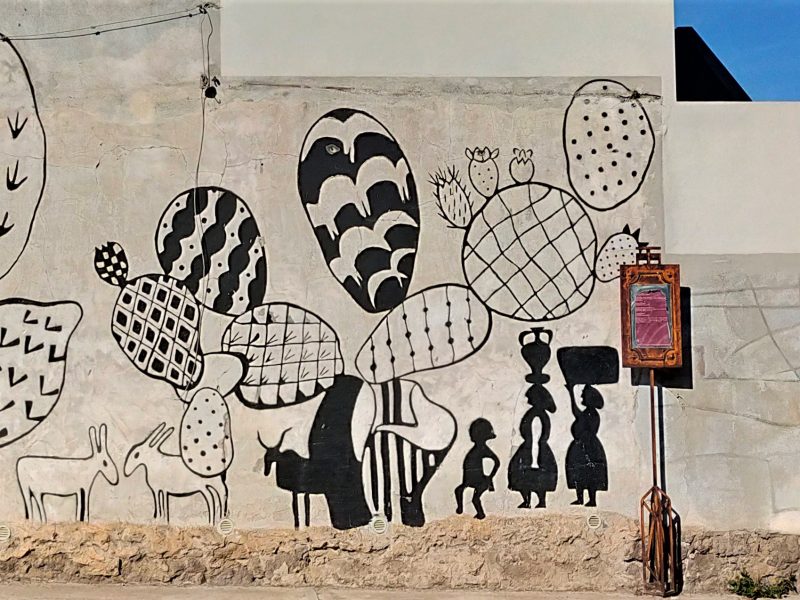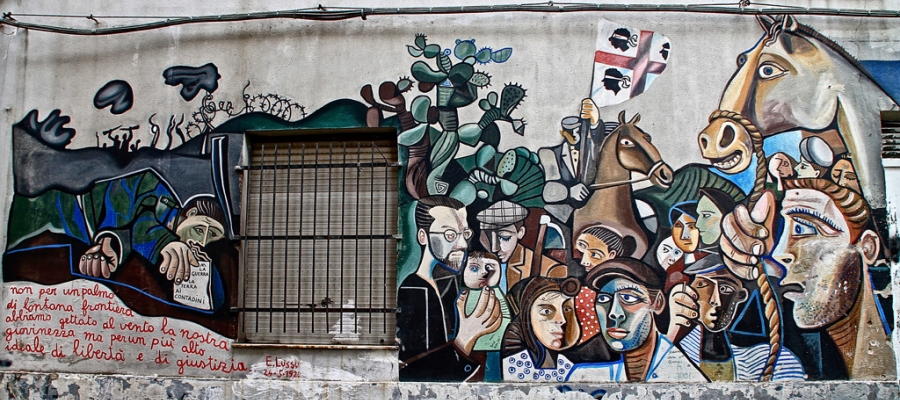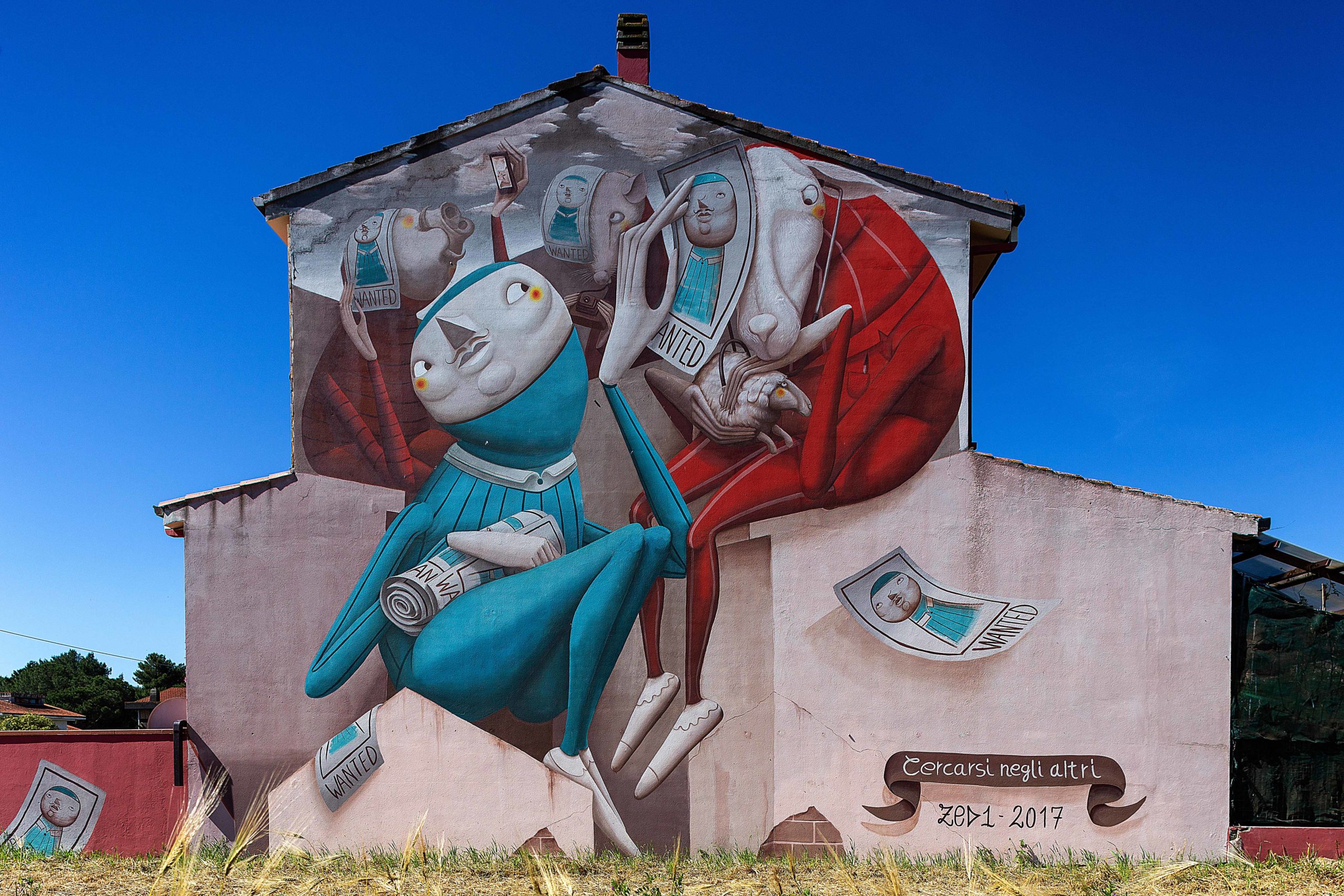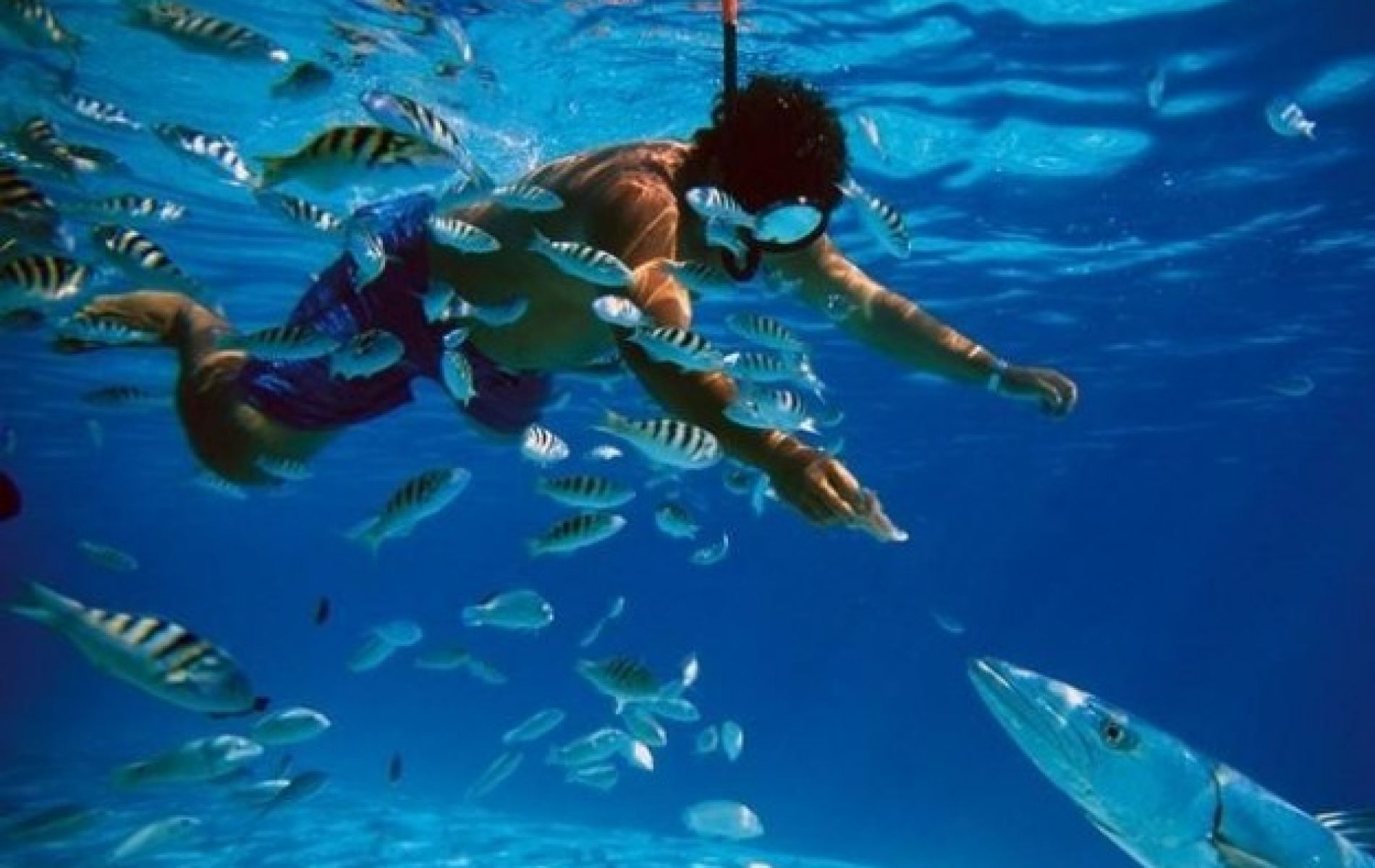Antiochus and the magic of the island: what to see on Italy's fourth largest island
L'island of Sant'Antioco is a jewel set in the south-western coast of Sardiniaconnected to the mainland by an isthmus and surrounded by a sea fading from turquoise to iridescent blue. This place, often referred to as the fourth island Italian by extension, is a concentrate of history and traditionsbreathtaking landscapes and crystal-clear waters. In this article you will discover not only what to seebut also the historical and cultural secrets that make this corner of Sardinia so special. Whether you are a lover of the sea, the maquis or of the millennial historyhere you will find inspiration for an unforgettable trip.
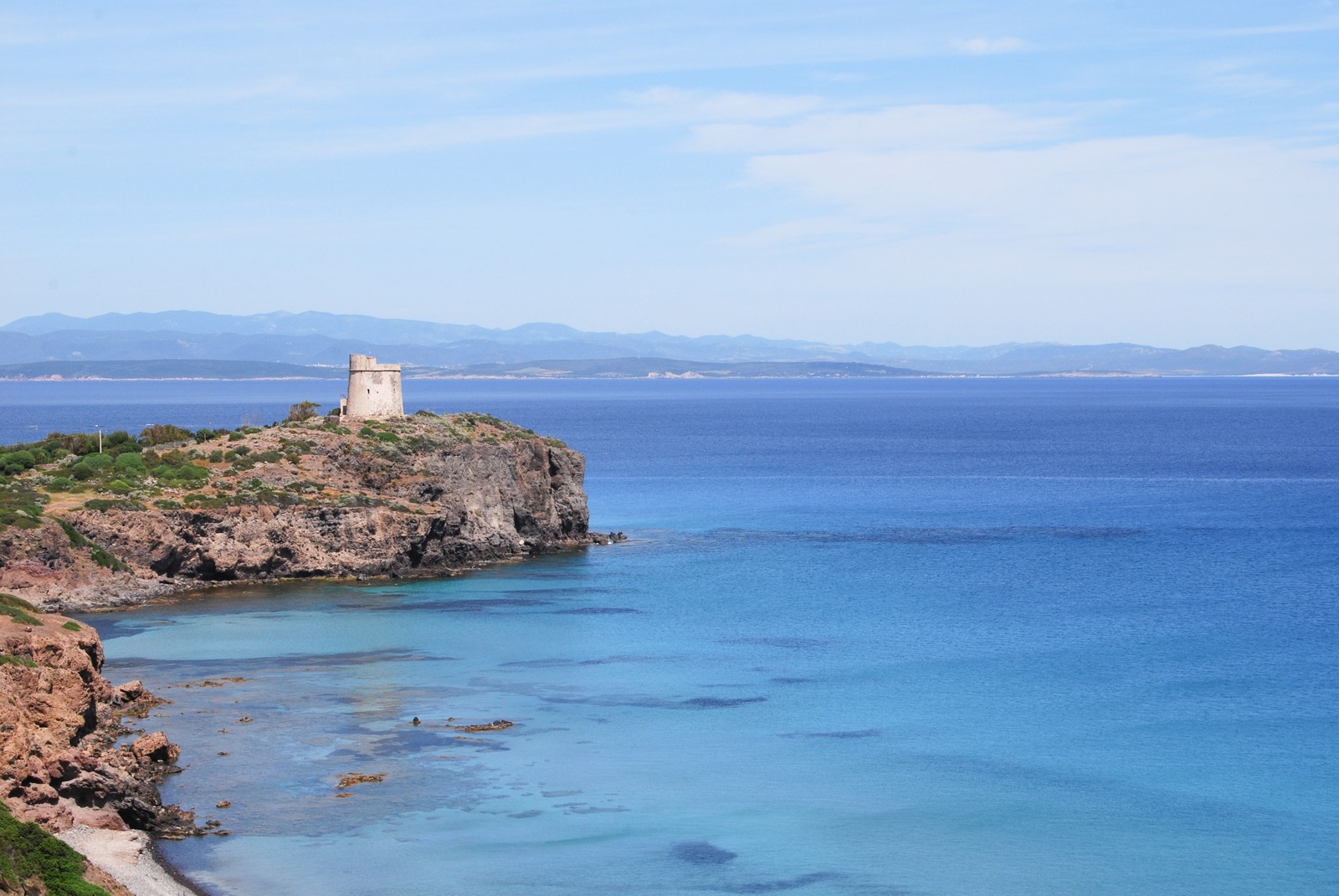
Who was Antiochus and why the island is named after him
The name of the island is linked to the figure of Antiochusrevered as patron saint of Sardinia. According to tradition, Antiochus was a Christian martyr, and his memory is preserved in the Basilica of St. Antiochus, built on the basilica hillwhere there is also a fascinating catacombs cemetery. The cult of Antiochus is strongly rooted on the island, and even today celebrations in his honour attract pilgrims and visitors from all over the region. Sant'Antioco is known also for keeping alive numerous religious and popular traditions, combining the sacred and the profane in a calendar of festivals that punctuate the year.
La history of Sant'Antioco is intertwined with that of the Phoenicians, Punic and Romans. I phoenixes founded an important settlement here, which in Punic and Roman times became a strategic trading hub in the Sulcis. During the 3rd century B.C. and until the Roman conquest, the island was a reference point for the western Mediterranean routes.
What to see in Sant'Antioco: sights and places not to be missed
Visit Sant'Antioco means immersing oneself in a mosaic of landscapes and cultures. The town centre preserves historical testimonies such as the tophet, the necropolis and the remains of the Punic and Roman. Walking around the urban centre you can discover workshops of weaving traditional and enjoy the local cuisine.
L'island is also a natural paradise: from the high cliffs of the west coast, protected by the maquisup to the sandy beaches white and fine on the east coast. Long stretch of sand, small inlets, shallow, sandy seabed or traits rocky perfect for snorkelling: every traveller will find his or her favourite spot.
The most beautiful creeks: from Cala Soap to Cala Long
Among the cale most impressive is Cala Soapa bay with a seabed sandy e rocky giving waters crystalline and transparent. The centre of the bay is sheltered from the winds, making it perfect for families and lovers of relaxation. Along the coast, the maquis draws green contours plunging into the water.
Cala Lunga, on the other hand, is a real sandy beach enclosed between two promontories. Protected by two high cliffs, this cove is ideal for those seeking tranquillity and a calm sea. La Cala Long Beach is one of the most popular for its shallow, sandy seabedperfect even for small children.
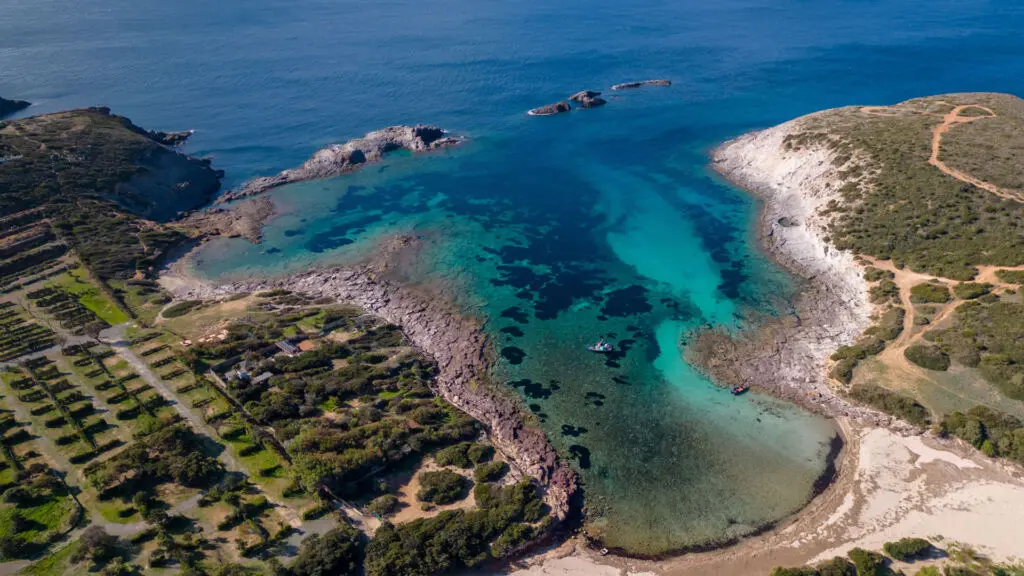
Capo Sperone and the endless views
The Cape Sperone promontory is theextreme southern tip of the island, a wild place where the maquis meets the rock. From here you can admire the queen falcon in flight and a panoramic view on Gulf of Palmas. Below the promontory, the Islets of the Cow emerge like stone sentries.
This stretch of coastline is popular with hikers and those looking for places away from the crowds. The headland offers paths leading to small inlets and panoramic viewpoints that leave you breathless.
Calasetta and its tower
To the north of the island lies Calasetta, a fishing village with white houses and picturesque alleys. Here you will find the Tower of Calasettaerected to defend the coast from pirate raids. From the tower one dominates a stretch of sea turquoise e iridescent blue.
Calasetta is famous for its fine white sandy beachessuch as that of Under Towerand for its fishing traditions. It is also a starting point for excursions to nearby islets.
The salt pans and lagoon of St Catherine
Le saltworks of the island, visible especially in the St. Catherine LagoonThey create picturesque landscapes, especially at sunset. Numerous species of birds, including pink flamingos, live here among the canals and pools of water.
This part of the island is less touristy and offers a more authentic and slow-paced dimension, ideal for those who want to immerse themselves in nature.
Maladroxia and Is Praneddas
La Maladroxia beach is one of the best known and best loved. Overlooking a transparent sea and presents a expanse of sand soft and clear. It is well equipped and also suitable for families.
Not far away is Is Praneddasa spectacular rock formation that the sea has shaped over the centuries. This area is perfect for photography enthusiasts and those looking for unique views.
Island history and traditions
La history and traditions of the island can be read in its stones and in the stories of the people. In addition to the remains of nuragheevidence of ancient civilisation Sardiniantraces can be found from Phoenician, Punic and Roman times. The Barreca Archaeological Museum holds artefacts that tell of a past rich in history, from 3rd millennium B.C. to the period millennial of the Middle Ages.
La weaving of sea silk and coral craftsmanship are still living practices, an integral part of the island's identity.
The Museum of the Sea and the Masters
The museum of the sea is a place to discover the history of navigation and fishing on the island. Inside are tools, photographs and evidence of a tradition that has always linked the inhabitants to the sea.
This museum is a bridge between past and present, showing how life on the island has always been linked to the rhythm of the waves and currents of the Mediterranean.
The island between nature and spirituality
The island of Sant'Antioco is not only sea and landscapes: it is also spirituality, history and culture. From tofet Phoenician to the Basilica of St. Antiochus, from catacombs at centre of the bay by Cala Soap, every place has a soul and a story to tell.
Those who visit this island take away not only photographs, but also emotions and memories that remain in their hearts.
FAQ
What is the best time to visit the island of Sant'Antioco?
The best time is from May to September, when the weather is warm and the crystal-clear sea invites long swims.
Who was Antiochus, the patron saint of Sardinia?
Antiochus was a Christian martyr venerated throughout the island, whose memory is enshrined in the basilica of St Antiochus.
How do you get to the island of Sant'Antioco?
The island is connected to Sardinia by an isthmus that can be travelled by car or bus.
What to see in Sant'Antioco in a day?
In one day you can visit the historical centre, the basilica, Cala Sapone and the salt pans of Santa Caterina.
What are the most beautiful beaches in Sant'Antioco?
Among the most beautiful are Cala Sapone, Cala Lunga, Maladroxia and the beaches of Calasetta.
Where is the Tower of Calasetta?
The tower is located in the village of Calasetta, in the northern part of the island.
What to do in Cape Sperone?
You can walk along scenic paths, admire the islets of the Vacca and watch the queen's falcon.
Are there archaeological sites on the island of Sant'Antioco?
Yes, including the Phoenician tophet, necropolis and Punic and Roman remains.
What is the Museum of the Sea and the Masters?
It is a museum dedicated to the history of navigation and fishing on the island.
Is the island of Sant'Antioco suitable for families?
Yes, thanks to the shallow, sandy beaches and numerous cultural and natural activities.

